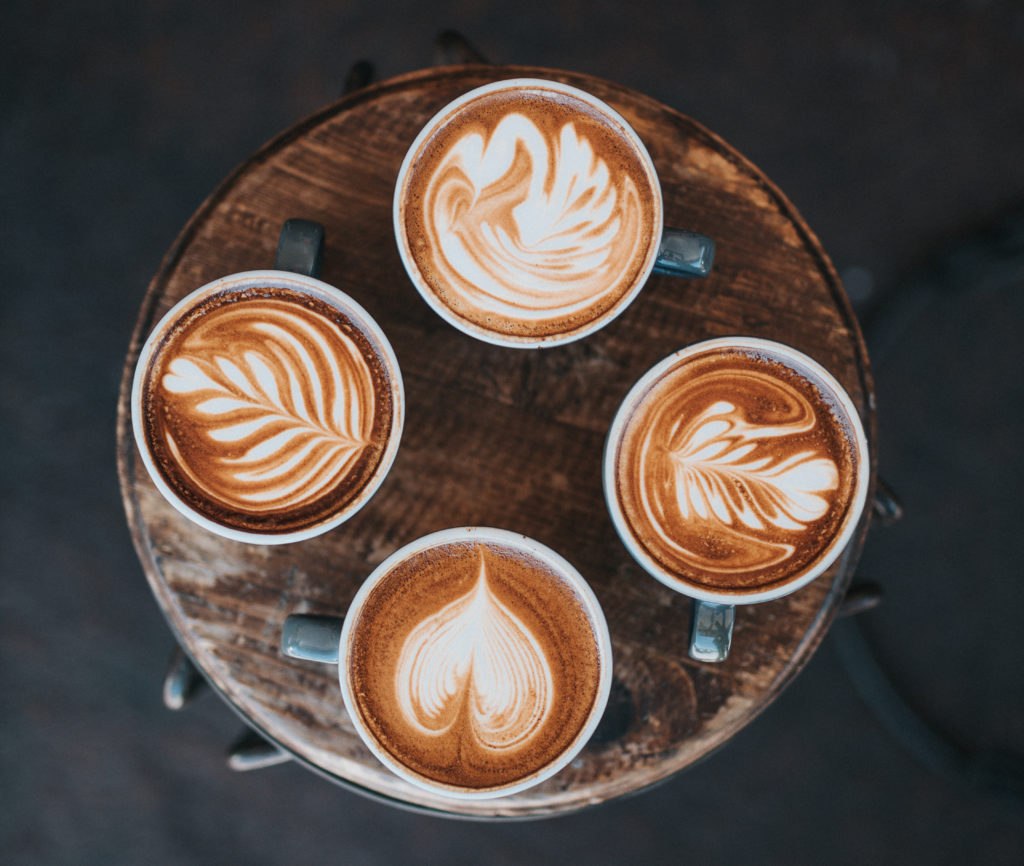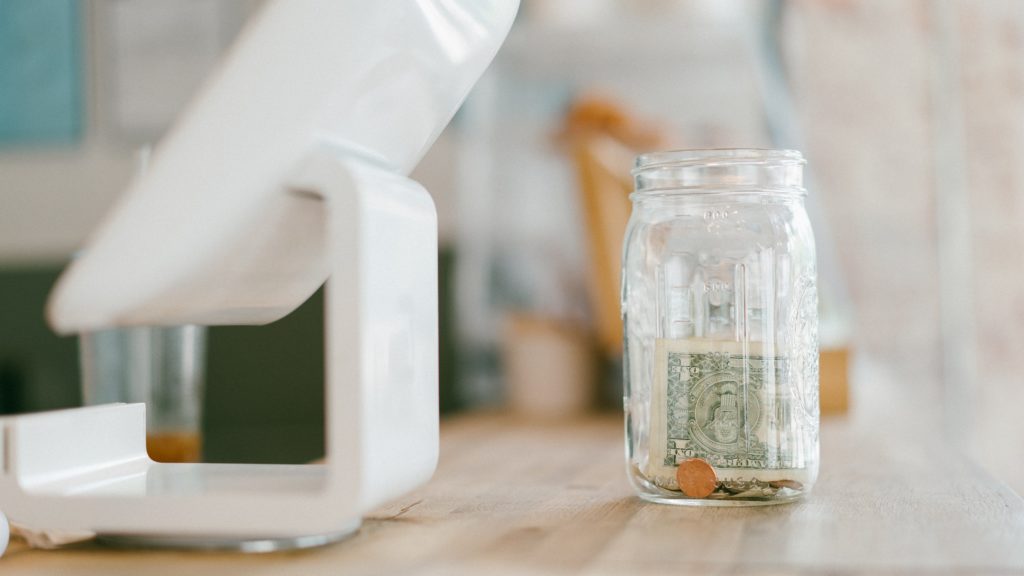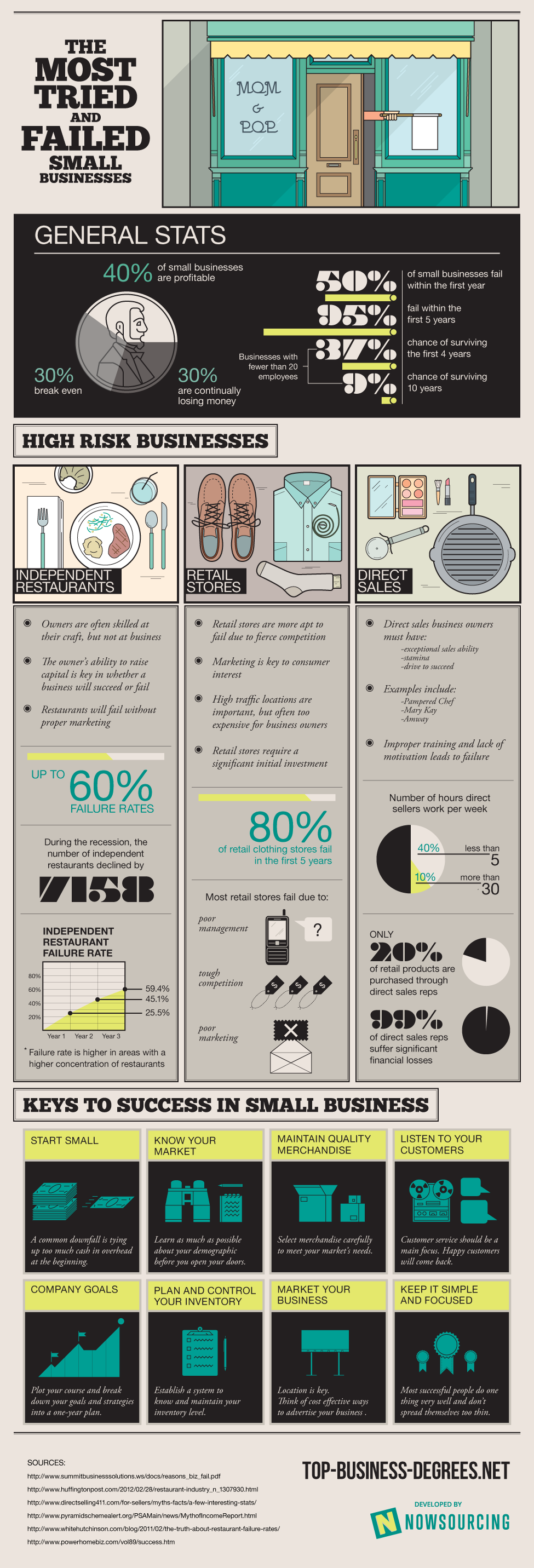According to thecareercafe.co.uk, out of the top 14 reasons why small business fail, 9 of them are focused on finances.
I recently spoke with a cafe owner in Tennessee, and the #1 piece of advice they offered up was ‘have a ton of capital’ [sic]
But even if you had gobs of money, that doesn’t always mean success. Check out these reasons from statisticbrain.com on why independent restaurants / cafes fail.
Emotional Pricing (We’ll discuss this one below, so keep reading!)
Living too high for the business
Non-payment of taxes
No knowledge of pricing
Lack of planning
No knowledge of financing
Absence of accounting reports and controls
No experience in record-keeping.
Weak credit granting practices
Overly rapid expansion
Poor borrowing practices
Carrying inadequate inventory
No knowledge of suppliers
Wasted advertising budget
Any of those sound familiar?
Fortunately, being aware of what you are good at, and what you aren’t is the first step. Let’s take a deeper dive into pricing.
Check out this infographic we found to be educational below:
So what is Emotional Pricing?
Emotional pricing can also be referred to as ‘Psychological pricing’. Psychological pricing is a pricing and marketing strategy based on the theory that certain prices have a psychological impact.
Retail prices are often expressed as “odd prices”: a little less than a round number, e.g. $19.99 or $2.98. There is evidence that consumers tend to perceive “odd prices” as being lower than they actually are, tending to round to the next lowest monetary unit.[ Thus, prices such as $1.99 are associated with spending $1 rather than $2. The theory that drives this is that lower pricing such as this institutes greater demand than if consumers were perfectly rational. [1]
An experiment conducted at MIT showed that women’s clothing sold better at $39, than it did for the same item priced at $34 or $41 [2]
So we know that there are models that work on the perception of the price, but what about the quality?
Can the increasing a price improve the perceived quality of a crafted item? Turns out, it really does.
Tangentially related, comparative pricing, is the method of placing two very similar items next to one another, and allowing the customer to make the decision to choose the more expensive one.
To the average customer, if something is more expensive, it is ‘of higher quality’
How does this translate into being a more financially responsible independent cafe?
Putting all of yourself in your craft takes time, experience, money, sweat and a subject-matter knowledge that isn’t always represented in the price of that beautiful cortado.
As a general rule, most menu items should stay around a 70% profit margin, according to a cafe advisor. Certain items will dance around this percentage, but the items that require less craft, should reflect that in your prices.
If you are currently running a cafe, it’s important to test your margins as well. It’s recommended to do this annually, as to not alienate the faithful customers. But, if for example, you raise 5% across the board on espresso-based drinks, measure the net profits and order amounts. Not seeing the best results? Find a middle ground.
Another opportunity to try and adjustment prices, are seasonal drinks. These tend to be lower margin, because of syrups and whip cream etc., so people generally anticipate paying more for these.
In the end, we want to appreciate and honor the hard work that goes into the cafe craft. Don’t price items super low to ‘attract more business’. Not only does this tactic often have a counter effect, it’s not a good emotion to convey to potential customers that you’re the ‘cheap cup o’ joe’ in town.








